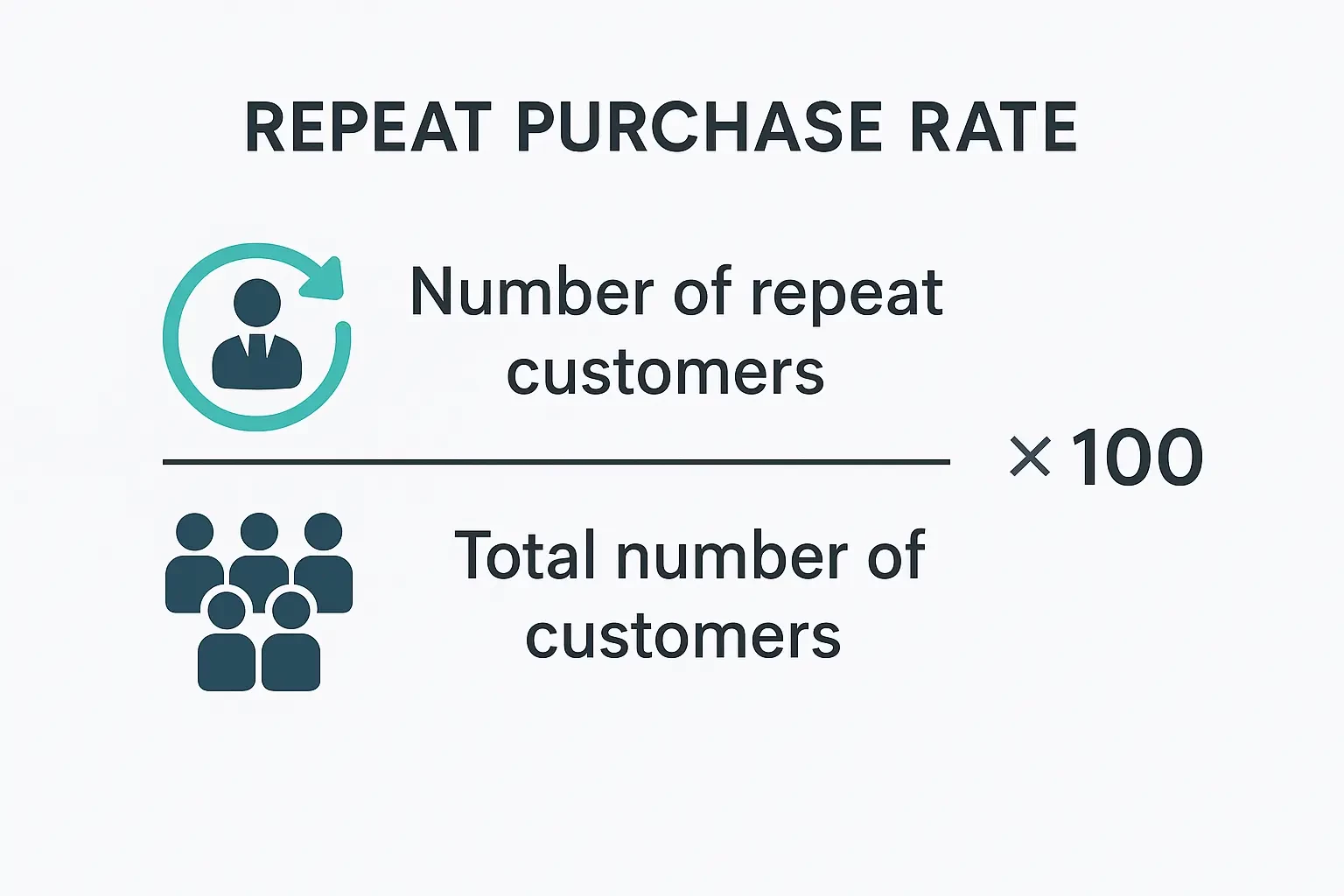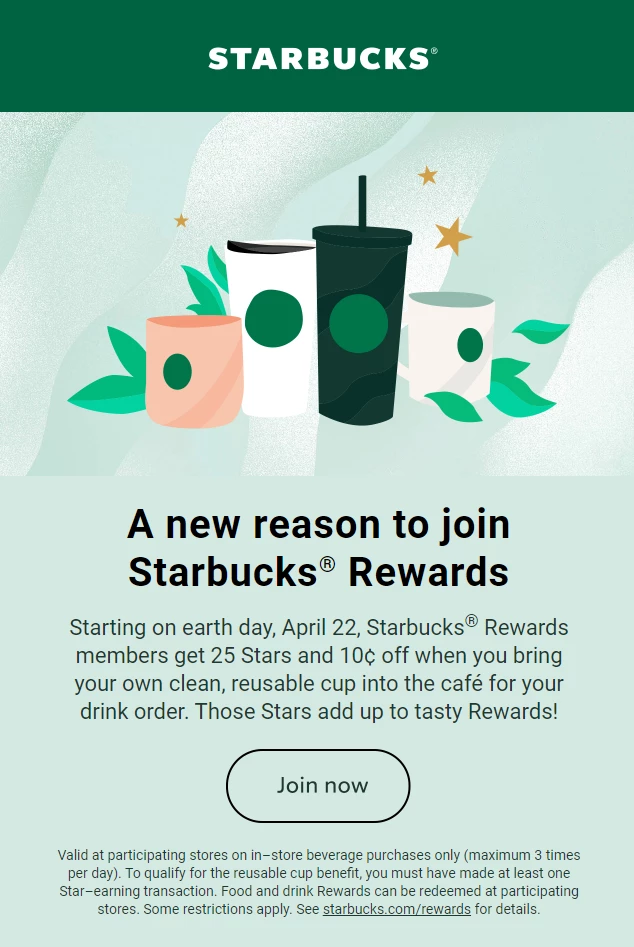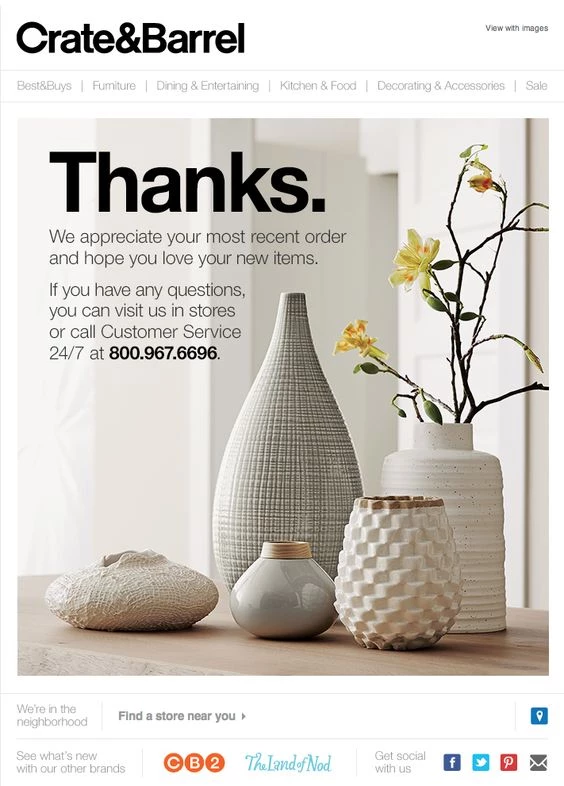Repeat Purchase Rate
A healthy business isn’t built only on first-time buyers. It grows when people come back. Repeat purchase rate shows exactly how many customers return to buy again, giving you a clear, practical read on loyalty and the quality of your post-purchase experience.
What is Repeat Purchase Rate?
The percentage of customers who return for additional purchases defines the repeat purchase rate within a specific time period. The metric shows the percentage of customers who return to make additional purchases after their initial purchase. The metric appears under different names, including repeat customer rate and returning customer rate, but teams also use repurchase rate as a brief term. The metric tracks customer loyalty through transaction data by measuring how many customers return for additional purchases.
Online retailers select this metric because it offers simple data that allows them to make quick decisions. A rising repeat purchase rate shows that your product-market fit, customer satisfaction levels and brand loyalty are improving. The post-purchase process difficulties faced by customers along with failed marketing efforts to reach customers at their purchase-ready moments result in a declining repeat purchase rate.
How to Calculate Repeat Purchase Rate
The core formula is straightforward:

A “repeat customer” is someone with at least two purchases in your chosen period. The total number of customers counts everyone who bought at least once in that same period. To keep the repeat purchase rate meaningful, always define your time window first and apply it consistently.
Step-by-step example:
- Choose a period, say Q2.
- Count total customers who purchased in Q2. Assume 8,000.
- Count customers who purchased at least twice in Q2. Assume 2,200.
- Calculate: 2,200 ÷ 8,000 × 100 = 27.5%.
For teams that track cohorts, you might measure the repeat purchase rate of customers who first bought in April and check how many of them made an additional purchase by June. This approach highlights purchase frequency and the momentum of your onboarding and re-engagement flows. Some analysts also compare repurchase rate periods by product category to see which items naturally drive replenishment and which rely more on lifecycle marketing.
A few practical tips keep the calculation clean. First, de-duplicate customers across channels so you don’t overcount returning customers with multiple emails or profiles. Second, align attribution rules with your CRM so repeats from subscription model add-ons or marketplace stores roll into the same repeat purchase rate view. Finally, document edge cases like refunds or cancellations to avoid distorting the numerator.
Why is Repeat Purchase Rate Important
Repeat purchase rate isn’t just a number on a dashboard; it’s a window into how your brand earns trust. A higher rate usually means customers were satisfied the first time, found what they needed again, and felt confident there would be no surprises. Below are the most important ways this metric supports growth.
Higher revenue efficiency and stronger unit economics
When repeat purchase rate goes up, you earn more revenue from existing customers, which improves margins. You spend less on acquisition to reach the same revenue target because loyal customers convert faster and are more receptive to cross-selling and upselling. That shift reduces customer acquisition cost (CAC) pressure and supports healthier contribution margins over time. Even a few points of improvement in repeat purchase rate can compound into meaningful top-line gains without ramping ad spend.
Better lifetime value and steadier forecasting
A consistent repeat purchase rate is a leading indicator of customer lifetime value (CLV). People who come back generate more orders, which increases both order count and average value over the customer lifecycle. For finance and operations teams, that stability translates into more accurate demand forecasts, more effective inventory planning, and fewer emergency promotions to clear stock. When your repeat purchase rate is predictable, your replenishment models and cash flow are easier to manage.
Reduced churn and more brand advocates
A higher repeat purchase rate generally corresponds with a lower churn rate, especially in consumables and seasonal categories. These loyal customers are also more prone to leave reviews, share word-of-mouth recommendations, and act as informal brand advocates. Their referrals carry more weight than ads because they’re grounded in real experience. In other words, an investment in raising repeat purchase rate often produces halo effects that improve acquisition quality too.
Proof of a satisfying post-purchase experience
Customers will not come back to your business when returns become difficult to manage, shipping takes too long, and customer support becomes complicated to access. Your post-purchase experience functions properly when the repeat purchase rate is high because your confirmations are easy to understand, deliveries arrive on time, and support teams answer quickly, and exchanges proceed without issues. The rate will not improve unless you identify all steps from confirmation through delivery until the customer receives their order. The fix may sit in packaging quality, a missing replenishment reminders flow, or a help center that’s hard to navigate.
Smarter merchandising and lifecycle timing
Because repeat purchase rate is tied to transactions, it reflects actual shopping behavior. Track it by category, season, or price band. You’ll discover natural reorder intervals and bundles that drive higher return rates. That insight guides lifecycle timing, so you can cue returning customers with the right offer at the moment they’re likely to need it again.
Repeat Purchase Rate vs Customer Retention Rate
Teams sometimes mix these up, yet they answer different questions. Repeat purchase rate is transaction-focused and typically evaluated over shorter windows. It asks: how many customers bought more than once during this period. It’s common in retail, marketplaces, and online retail where discrete orders define success.
Retention rate zooms out to a longer horizon and examines whether customers remain active or subscribed. It’s central in SaaS or any subscription model where “retained” means still paying or still engaging. You could have a high repeat purchase rate for a season with holiday gifting, but see retention sag in spring if buyers don’t return later. Conversely, a subscription brand might maintain an excellent retention rate while seeing variable upsell behavior in add-on orders.
In short, repeat purchase rate is about repeat transactions within a defined period, while retention asks whether customers continue the relationship overall. Both matter. Track them together to understand how immediate buying behavior relates to long-term loyalty and to catch early signals of rising churn.
How to Increase Repeat Purchase Rate
Raising repeat purchase rate isn’t about blasting coupons. It’s about making the second purchase feel obvious: relevant, timely, and effortless. Here are practical strategies that work across categories.
Implement a loyalty rewards program

A thoughtful loyalty program nudges first-time buyers to become loyal customers. Points, discounts and rewards, and VIP customers tiers give people reasons to come back, while milestone perks create emotional momentum. Design rewards that align with actual reorder cycles. If most customers replenish every 45 days, bonus points at day 35 can pull the next purchase forward. Clear, honest value builds trust, which steadily lifts repeat purchase rate.
Personalize post-purchase outreach

Generic emails rarely move the needle. Use personalization to recommend complements or replenishment at the right time. Confirmation emails can include a gentle next-step suggestion; a week later, send usage tips; close to the reorder window, add personalized recommendations based on what similar customer profiles bought next. Across newsletter marketing and targeted campaigns, respect cadence. A handful of well-timed nudges will increase repeat purchase rate far more than email blasts that fatigue the list.
Enhance customer experience and service
Support quality is loyalty in disguise. Fast replies, proactive shipping updates, and generous return policies reassure buyers that choosing you again is safe. If the product requires guidance, drip short how-to notes or a quick start video. Wherever a customer might get stuck, remove the friction. Improvements here have a direct, measurable impact on repeat purchase rate because they reduce the emotional cost of buying again.
Make reordering effortless
The fastest method to achieve repeat sales involves making the following purchase process extremely simple. The system should allow customers to place one-click reorders while storing their payment information, shipping addresses and displaying their previous purchases on the homepage. The system should provide customers with subscription options and automatic re-engagement alerts, which send notifications at the start of their regular consumption period. Each convenience raises the likelihood of a second purchase, lifting repeat purchase rate naturally.
Use value-adding promotions, not blanket discounts
Promotions should feel helpful, not desperate. Target them to existing customers who show interest signals rather than to your entire file. Offer bundle pricing when items are often bought together and use measured incentives to introduce higher-margin add-ons. Smart cross-selling and upselling that genuinely improves the cart is more effective at boosting repeat purchase rate than across-the-board price cuts.
Master timing and lifecycle triggers
Map user segmentation to lifecycle triggers such as “first order shipped,” “first order delivered,” “first reorder due,” and “cart started after first order.” Combine these with browsing intent to time your messages precisely. If someone returns to look at refills the week their product usually runs out, prioritize that outreach. Each well-timed message increases the odds of another purchase and raises overall repeat purchase rate.
Win back one-time customers thoughtfully
Some buyers will drift. Create friendly win-back sequences that feel like service, not pressure. A quick check-in asking about the first order, then a relevant suggestion, then a time-boxed incentive if needed. Keep the tone respectful and useful. Done well, this brings a measurable share of one-time customers back into the fold and raises your repeat purchase rate without inflating returns.
How to Increase Repeat Purchase Rate with Yespo
Yespo is built for brands that want to convert first-time buyers into repeat customers with precision rather than noise. Three capabilities make a difference fast.
- Deep segmentation and unified profiles. Yespo stitches events, purchases, and customer behavior into a single customer profile, letting you build quality customer segmentation rules with no hassle. That precision allows every message to feel timely and relevant, which steadily raises repeat purchase rate.
- Personalized product recommendations powered by AI. With Yespo’s in-built AI, you can deliver personalized recommendations across email, web, and mobile. This is where cross-selling and upselling become helpful guidance rather than guesswork, making the next purchase the natural next step.
- Omnichannel lifecycle orchestration. Yespo supports omnichannel journeys end-to-end: email, SMS, in-app, web, and mobile push notifications. Because messaging stays consistent across channels, customers get a smooth post-purchase experience instead of duplicate pings. That coherence improves engagement and, by extension, repeat purchase rate.
If you run newsletter marketing campaigns, combine them with lifecycle automation. This way, your regular updates and seasonal offers will support your reorder cycles instead of disrupting them. The right balance helps you keep engagement high without overwhelming subscribers—and keeps your repeat purchase rate growing.
As you improve your journeys, also track related metrics like purchase frequency, average order value, and retention rate. These indicators move together with repeat purchase rate and show whether your growth comes from better timing, stronger content, or a smoother checkout experience.
Final Thoughts
The repeat purchase rate indicates how well your business converts initial customers into dedicated customers. Track this metric through consecutive cohorts because each enhancement demonstrates your experience becomes more accessible, intelligent and dependable. Your business growth becomes more stable when your customers make repeat purchases because your messaging and service delivery match their needs at the right time.
Join Our Blog Newsletter!
Stay updated with our latest email marketing tips, product news and case studies.
Terms in the same category
Popup (or widget) Online retail Customer Journey Marketing Multi-Channel Attribution Revenue Optimization